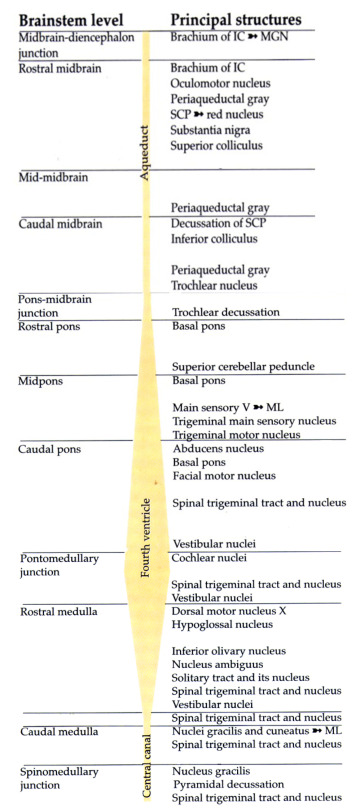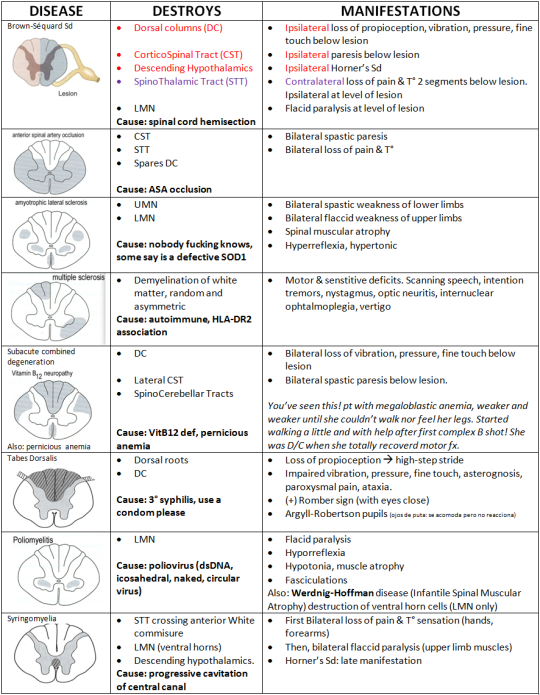- Joined
- Sep 7, 2008
- Messages
- 45
- Reaction score
- 1
does anyone know an easy way to memorize the nucleus, tracts, etc etc?? specially the ones from the thalamus
My only gripe is that you did not post this earlier!
does anyone know an easy way to memorize the nucleus, tracts, etc etc?? specially the ones from the thalamus
My school follows that almost exactly, but immunology is moved from 2nd year to first year, and "Psych" is divided into human behavior (normal -- first year,) and psychopathology (second year.) Basically, first year = normal, second year = abnormali am interested in what subjects are variable between 1st and 2nd years. anyone know what's common? for us:
1st year:
psych
neuro
histo
anatomy
biochem
physiology
embryo
2nd year:
pharm
path
micro
immuno
that's pretty standard, right? i just heard of someone taking anatomy 2nd year, and I was wondering what the possible variations are.
i am interested in what subjects are variable between 1st and 2nd years. anyone know what's common? for us:
1st year:
psych
neuro
histo
anatomy
biochem
physiology
embryo
2nd year:
pharm
path
micro
immuno
that's pretty standard, right? i just heard of someone taking anatomy 2nd year, and I was wondering what the possible variations are.
Does anyone know how to access this site? did they take it down?
My only gripe is that you did not post this earlier!
Does anyone know how to access this site? did they take it down?
Thanks
That seems standard to me with little variation at my school... switch immuno with behavioral science (psych)... Add 'clinical skills' 1st year and 'clinical diagnosis' second year....i am interested in what subjects are variable between 1st and 2nd years. anyone know what's common? for us:
1st year:
psych
neuro
histo
anatomy
biochem
physiology
embryo
2nd year:
pharm
path
micro
immuno
that's pretty standard, right? i just heard of someone taking anatomy 2nd year, and I was wondering what the possible variations are.
That seems standard to me with little variation at my school... switch immuno with behavioral science (psych)... Add 'clinical skills' 1st year and 'clinical diagnosis' second year....


